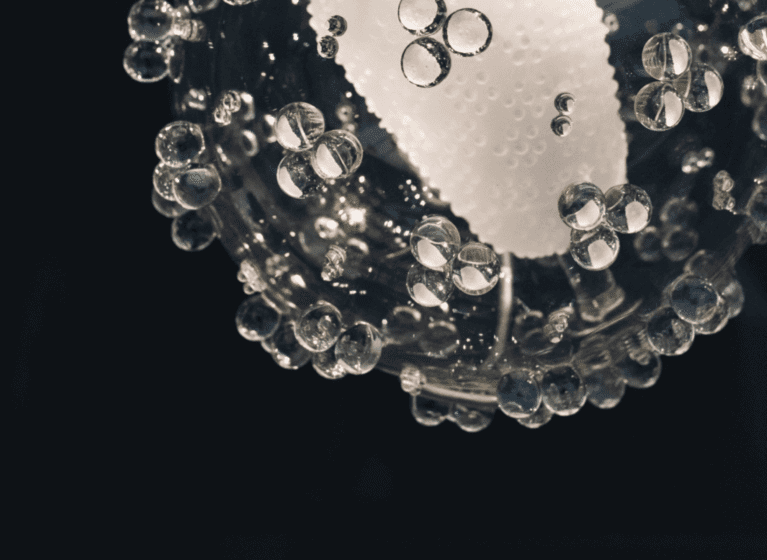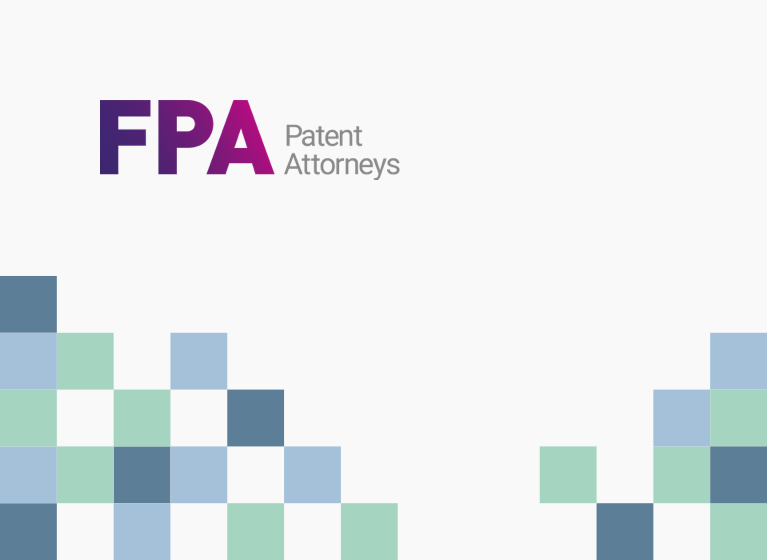If an applicant for a patent has misled the Commissioner in a material respect in the course of procedures which led to the grant of the patent, he should not have the benefit of his misleading conduct.1
It is clear that a statement may amount to a false suggestion or representation… although not fraudulent in the common law sense.2
The two principles above give the result that a patent applicant acting entirely in good faith, can invalidate their patent, by making a misleading statement to the Australian Commissioner of Patents. The applicant can make the misleading statement in the specification or in correspondence with the Patent Office.
The question then is, what statements made to the Australian Patent Office will give rise to a risk of invalidity if subsequently proved incorrect? In this article we consider the following questions:
Can I safely assert that the invention has advantages over the prior art?
Can I safely assert that an invention has a particular use?
Can I safely assert that the prior art has a particular meaning?
Can I safely say that an invention is surprising, unexpected or interesting?
When an applicant makes a misrepresentation, the patent will be invalid only if the misrepresentation had a material causative effect on the decision to grant the patent. This can save a patent from invalidity and we also comment on how causation is determined.
Giving thought to the risk of misrepresentation may be particularly beneficial when drafting a patent specification, when preparing arguments in response to an examiner’s report, when preparing a divisional application and when relying on a favourable decision of an overseas patent office as a persuasive indication that the claims are allowable.
1. Can I safely assert that the invention has advantages over the prior art?
Many patent specifications compare the invention with the prior art and assert one or more advantages. Similarly, submissions to the Patent Office during examination often draw attention to advantages over the prior art.
What happens if not all of these advantages are achieved or are not achieved to the extent stated?
The answer is that there is a risk of invalidity. Lockhart J stated:
The rationale of this basis for revocation is that it is not generally necessary that the inventor make such statement of this kind to have the grant of a valid patent. But if he asserts an inventive merit of his invention and promises a particularly beneficial or useful result, this may persuade members of the public into believing his claims are valid and act on the faith of that by, for example, becoming a licensee or by not using the alleged invention.3
An applicant must therefore take care when asserting the invention has particular advantage. For example, the Full Court of the Federal Court of Australia previously upheld a primary judge’s findings that a pharmaceutical patent, directed to a particular isomer of an existing product, was obtained by false suggestion or misrepresentation.4 The applicant made statements in the specification and to the examiner in correspondence that the invention had a particular advantage, being a 10 fold enhancement in activity, rather than the expected two-fold increase.
2. Can I safely assert that an invention has a particular use?
There is a distinction between an incorrect statement of an advantage, which risks invalidity, and an incorrect statement of a use of an invention. If the invention does provide the stated advantage, an incorrect statement of a use for that result will not necessarily invalidate the patent, provided that there are purposes for which the result is useful.
It may therefore be safer to assert a use for an invention without asserting comparative advantage or performance measure. This will, of course, need to be balanced against the need to respond to any objection that the claimed invention lacks inventive step. Applicants should also consider stopping short of asserting that it is an object of the invention to provide the use, as this may raise issues with the separate ground of invalidity of lack of utility.
3. Can I safely assert that the prior art has a particular meaning?
Most Australian patents have resulted from a discussion between an examiner and the applicant as to why the prior art does not disclose the invention, or render the invention obvious. The nature of that discussion has an effect on the level of risk of invalidity because of inadvertent misrepresentation.
There appear to be two broad categories of representations, with substantially different risks. The line between the two categories is not bright, but it is worth keeping in mind.
The first category is statements of fact that affect the relationship between the prior art and the claimed invention. For example, if a piece of prior art contains a technical term, then a statement of what that term means to the skilled person may be viewed as a statement of fact. If that statement is later proved wrong, then there is a risk of invalidity.
An example is an applicant that incorrectly submitted that the term ‘freon’ in a prior art document meant a CFC and therefore was different to the claimed invention, which related to HFC refrigerants. Since the term ‘freon’ was shown to mean refrigerants generally, the Federal Court of Australia found that this was a relevant misrepresentation, giving rise to a risk of invalidity. However, the patent was saved from invalidity as the Commissioner was not taken to be actually misled and the misrepresentation only affected claims which were later abandoned (discussed further below).5
The second category is submissions as to the effect of the prior art. A statement made by an applicant in good faith to the Commissioner of Patents about the effect of the prior art is unlikely to provide a basis for concluding that such a statement of opinion is false, when that opinion is subsequently shown to be incorrect.6 This also applies to statements expressing an opinion about the relationship or otherwise between disclosures in the prior art and proposed changes to the scope of the monopoly defining the claims. The court recognises that this is an issue on which reasonable minds may disagree.7
An example was a statement by an applicant that the claimed invention was an advance over the prior art because it provided for a spring clutch that avoided the need for multiple helical springs. This statement was argued to be false because the applicant later asserted that the claims covered multiple springs wound in opposite directions to function as a single spring. The court said it is difficult to conclude that a false representation arises out of an applicant putting its view or opinion of the construction of the patent to the Commissioner.8
4. Can I safely say that an invention is surprising, unexpected or interesting?
It is not unusual to see a statement in a patent specification that a result or interaction was surprising. These statements may be calculated to influence the Patent Office or the public into believing that there is a patentable invention.
It is perhaps itself a bit surprising that there is a suggestion that this is a relatively low risk area. In the context of a selection patent, the court expressed a view that an assertion of an unexpected result may be viewed as a mere puff, rather than a serious statement of fact.9 For a selection patent the entire inventive step of the patent may be built on some unexpected performance of the sub-group, so it may be that if the statement is proved wrong, then the patent is invalid in any event.
Despite this, there may be increased risk of invalidity if the claimed invention is not a selection invention, but rather, for example, a claim to new combination of known components. A combination claim need not necessarily give a surprising, unexpected or even a particularly interesting result to be inventive. The patent may be valid simply because the selection of the combination, out of many possibilities, was not one that skilled person would select as a matter of course with an expectation of success. For at least inventions based on a combination of features, it may be safer to avoid statements of surprising, unexpected or interesting effects.
Help – I have made an incorrect statement in a risk category, what now?
An incorrect statement that supports patentability will only invalidate the patent if the misrepresentation had a material causative effect on the decision to grant a patent. The causative effect is not present in many cases, it has been suggested, because patent examiners are assumed to have the knowledge of the skilled addressee of the specification, rather than the knowledge of a layperson.10
For misstatements regarding what a prior art document discloses, the examiner may be taken to have become thoroughly familiar with the specification and claims of the application and familiar with the specification of the citation.11 Faced with a possible claim of misrepresentation, the applicant may thus point to other parts of the document to indicate that it cannot be inferred that the Patent Office was misled.
Finally, an applicant can consider whether the misrepresentation affects all of the claims, or just some of the claims. The Federal Court has held that where a misrepresentation made in good faith affects only particular claims there is no reason in public policy why revocation should extend beyond the affected claims.12
1 Prestige Group (Australia) Pty Ltd v Dart Industries Inc (1990) 26 FCR 197 (‘Prestige Group’).
2 ICI Chemicals & Polymers Ltd v Lubrizol Corporation Inc (2000) 106 FCR 214 (‘ICI Chemicals’).
3 Prestige Group (1990) 26 FCR 197, 199.
4 Ranbaxy Australia Pty Ltd v Warner-Lambert Co LLC (2008) 77 IPR 449
5 ICI Chemicals (2000) 106 FCR 214, 93.
6 Uniline Australia Ltd v SBriggs Pty Ltd (2009) 81 IPR 4, [143], citing ICI Chemicals
7 Uniline Australia Ltd v SBriggs Pty Ltd (2009) 81 IPR 42, [143]
8 Uniline Australia Ltd v SBriggs Pty Ltd (2009) 81 IPR 42, [142].
9 Apotex Pty Ltd v Sanofi-Aventis (2008) 78 IPR 485, [130]
10 See for example Pfizer v Eli Lilly [2005] FCAFC 224
11 ICI Chemicals (2000) 106 FCR 214, [92].
12 ICI Chemicals (2000) 106 FCR 214, [93].



















